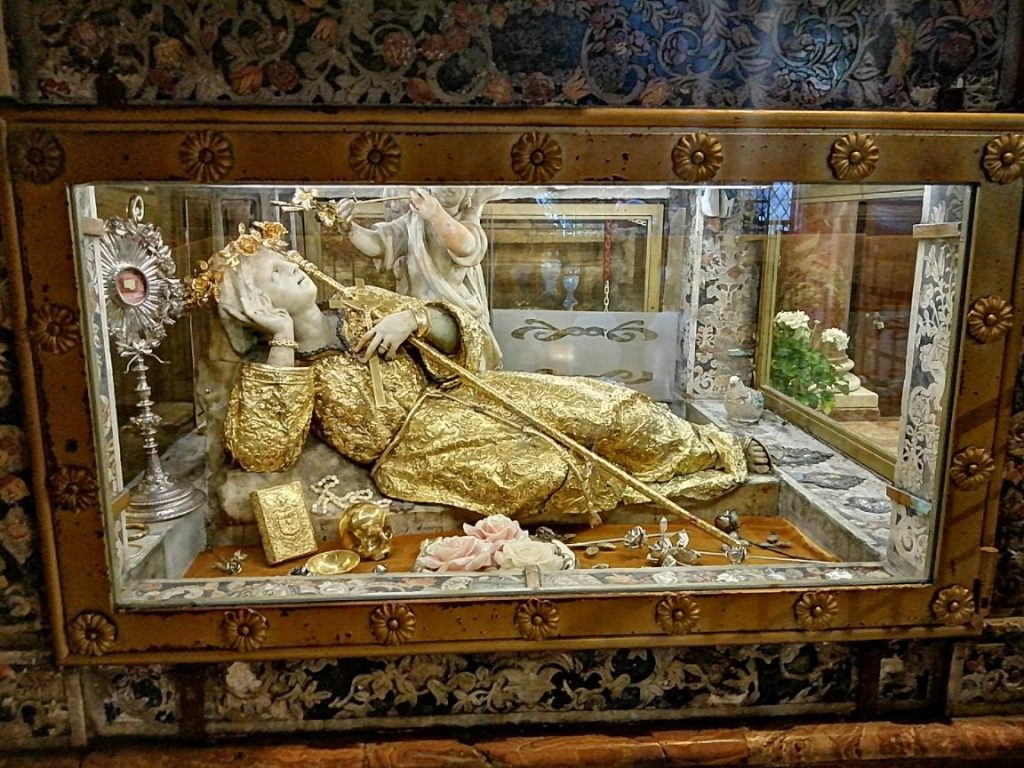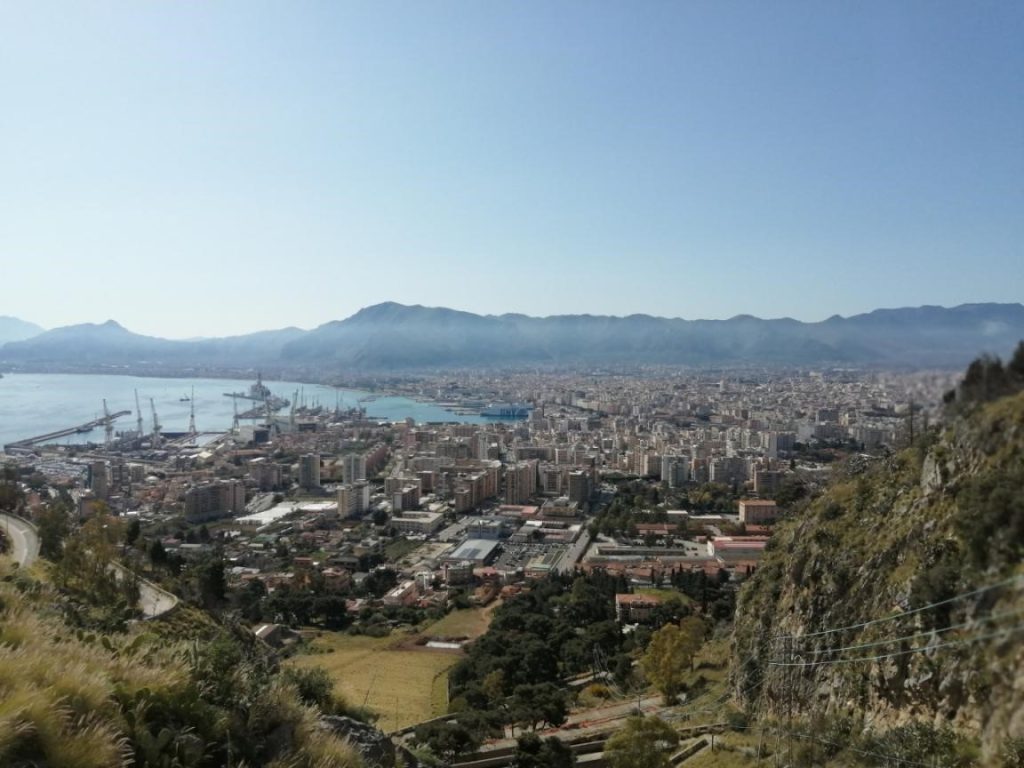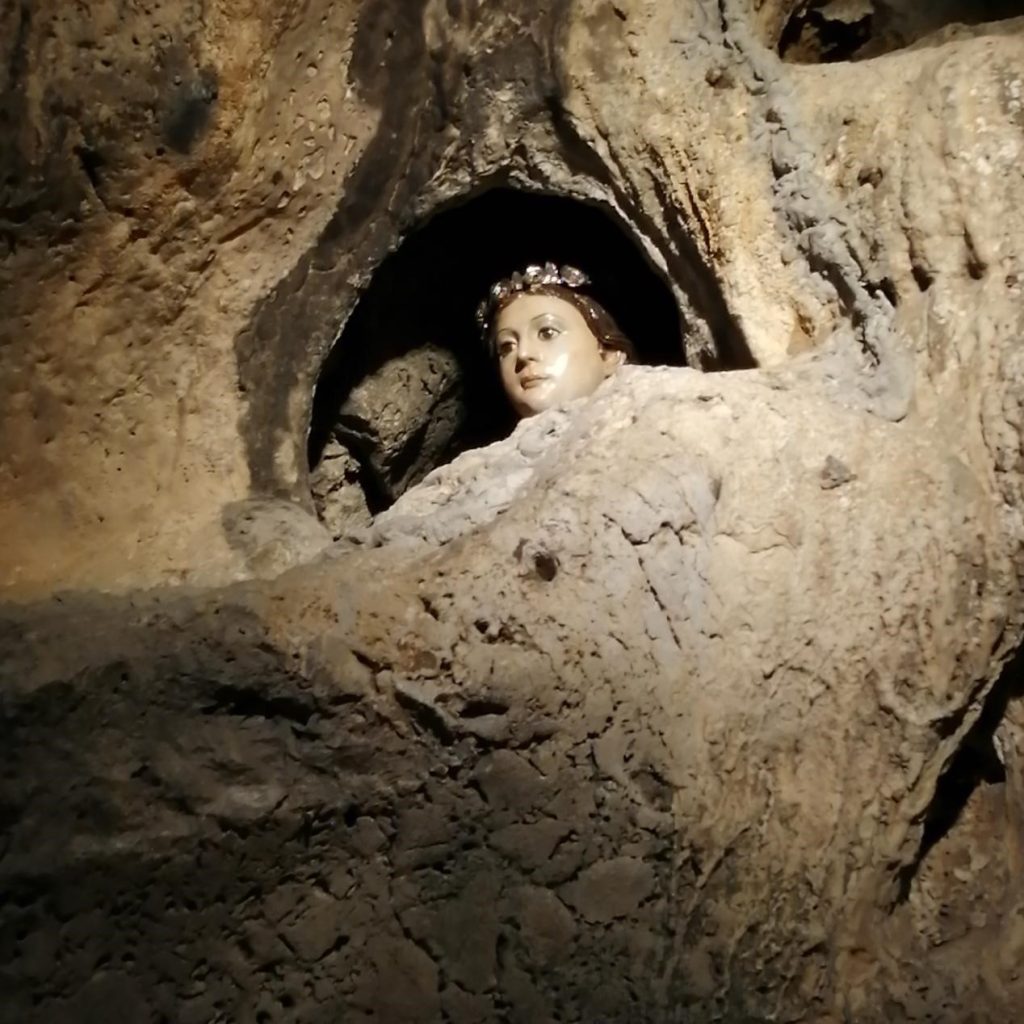Santa Rosalia and the Protection of the Biodiversity
Few know about the existence of a connection between Santa Rosalia, patron saint of the city of Palermo, and the world of scientific studies on the evolution of the species and that the “Santuzza” can rightfully be considered the patron saint of evolutionary biology studies.

It all began when, in 1958, George Evelyn Hutchinson, a famous ecologist from Yale University (New Haven, Connecticut), considered the father of modern evolutionary biology, went to Palermo to study a particular aquatic insect of the Corixa genus, described 100 years first by Fieber and then no longer documented. It was not easy for him to find the right place for this research, as at the time the city was still surrounded by the thriving Conca d’Oro, entirely cultivated.
.

It was during a visit to the sanctuary of Santa Rosalia in Monte Pellegrino, defined by Goethe as “the most beautiful promontory in the world”, that he was shown the artificial lake fed by underground springs that flow from cracks in the rock and which give rise to the beautiful karsts phenomena inside the sacred cave.

In the pond, known as the “Santa Rosalia whirlpool”, almost unknown yesterday as today, to most of the people of Palermo, there were several specimens of Corixidae which were classified as belonging to two species, C. Punctata, and C. Affinis. The event and, perhaps, the spiritual richness of that place, pushed the scientist to focus on some important questions, subsequently posed at the basis of the studies of ecologists on the evolution of ecosystems and biodiversity, namely: “Why should there be two and not 20 or 200 species of the genus in the pond?” and, more generally, “Why is there such an enormous number of animal species?”. At that time, in fact, around 1,000,000 animal species had been documented (today almost double), of which three-quarters were insects, mostly beetles. In 1959, Hutchinson published his well-known article in the famous scientific magazine “The American Naturalist”: “Homage to Santa Rosalia or Why Are There So Many Kinds of Animals?”, later cited by numerous other scientific studies, making him, Palermo and Santa Rosalia, internationally famous within the community of ecologists. It has not yet been possible to give certain answers to some apparently simple questions. Studies on the evolutionary mechanisms of species within ecosystems, starting from Hutchinson’s observations and deductions, have been the subject of a fervent scientific debate based on theories supported by data analysis. Who knows if Santa Rosalia, perhaps today, on the occasion of the four hundredth anniversary of its discovery of the bones attributed to it and of a rosary inside a stalactite in the cave of Monte Pellegrino where the sanctuary was later set up, will be able to enlighten researchers again in order to arrive at the formulation of a widely shared theory. Understanding the evolutionary mechanisms of species within ecosystems is in fact of fundamental importance for the study and protection of biodiversity.

The Santa Rosalia gorgo is currently one of the most important reproduction sites of the Sicilian green toad. The sheer walls surrounding it are rich in botanical species and host the nests of various species of birds of prey. Due to its importance on a naturalistic, historical-cultural, and religious level, the site deserves special protection. An agreement is currently underway between the Sicilian Region and the Municipality of Palermo for the “Renaturalization project of the Gorgo di Santa Rosalia” aimed at restoring ecosystem functionality and protecting its biota, creating an ecological corridor and protected road crossings accessible to vehicles for minor fauna”.

The renaturalization of the lake is envisaged by eliminating the concrete barrier, creating natural hedges and stony ground around the whirlpool and between the whirlpool and the road, and the creation of an ecological corridor with underpasses and an orientation path for amphibians and other minor fauna, which allow safe crossing of the road.
Elenia Drago

